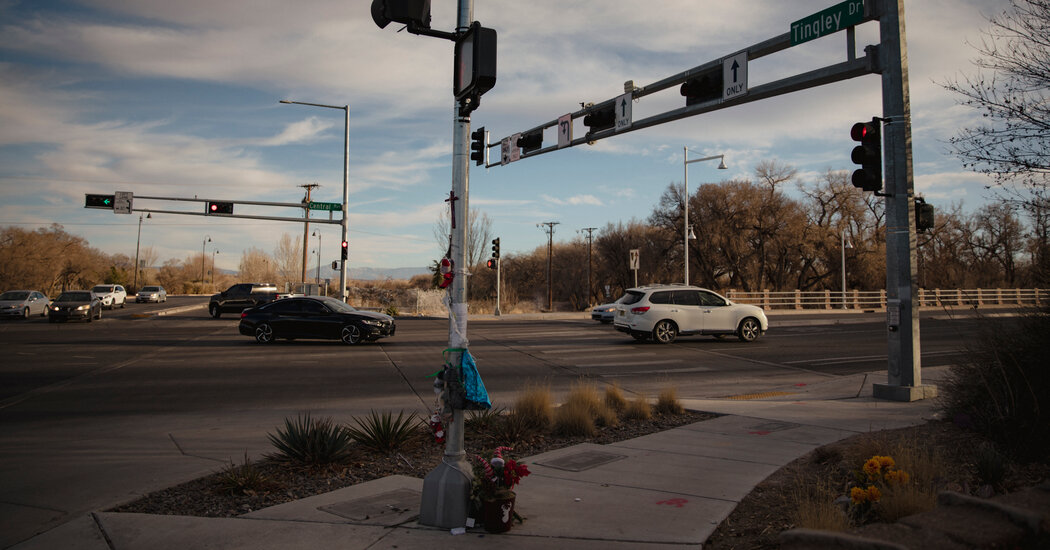The technology can help reduce fatal accidents.
Road fatalities are one of the most persistent causes of death in the United States, and they are rising despite advances such as warning and crash avoidance systems and increased use of airbags. In 2022, nearly 43,000 people died in car accidents. That was slightly less than in 2021, but 31 percent more than in 2014.
The number of road deaths fell until about a decade ago when they started to rise rapidly. The increase is caused by a spike in the number of pedestrian deaths. In the first half of 2022, the most recent period for which data is available, an estimated 3,500 pedestrians were killed. That is the highest number in 40 years.
The toll goes beyond fatalities. According to the safety bureau, the economic cost of car accidents in 2019 totaled $340 billion. In that year, 36,500 people died in car accidents, 4.5 million were injured, and 23 million vehicles were damaged.
Government officials said the automatic braking proposal could save at least 360 lives a year and reduce injuries by about 24,000 a year. Even when automatic braking does not prevent accidents, it can make accidents less serious by slowing down cars.
Braking systems use radar or cameras to anticipate accidents.
Automatic emergency braking systems typically use cameras, radar, or both to recognize vehicles, pedestrians, cyclists, and other obstacles. By comparing a vehicle’s speed and direction to that of other vehicles or people, these systems can determine that a collision is imminent, warn the driver through an alarm, and apply the brakes if the driver fails to do so.
The first such systems were introduced in 2011. Five years later, automakers voluntarily agreed to make automatic emergency braking technology standard in all new cars and trucks by 2022. The agency said the proposed rule would impose higher standards than the technology automakers had agreed to. usage.
In a statement, the Alliance for Automotive Innovation, the industry’s main lobbying group, neither endorsed nor opposed the proposed rule, calling automatic braking a “breakthrough technology” that automakers “have already deployed.”
Automatic braking is part of advanced driver assistance systems found in some new cars. These systems can steer without human intervention and, in some cases, change lanes and allow drivers to take their hands off the wheel on highways. These systems include Tesla’s Autopilot, General Motors’ Super Cruise, and Ford Motor’s BlueCruise.
The Federal Security Service investigated Tesla’s system after it failed to identify and recognize other vehicles in some situations. The agency is looking at 43 accidents, including 14 that killed 18 people, that occurred while Autopilot or another system the company calls Full Self-Driving was activated.
It may take several years for the rules to take effect.
The safety bureau will receive comments on the rule from automakers, safety groups and the public before it becomes final – a process that could take a year or more. The rule enters into force three years after adoption.
On Tuesday, President Biden withdrew Ann E. Carlson’s nomination to head the bureau. Some Republican senators had opposed her nomination because of her previous environmental policy work. Ms. Carlson, formerly a law professor at the University of California, Los Angeles, has served as the agency’s acting administrator since September.

